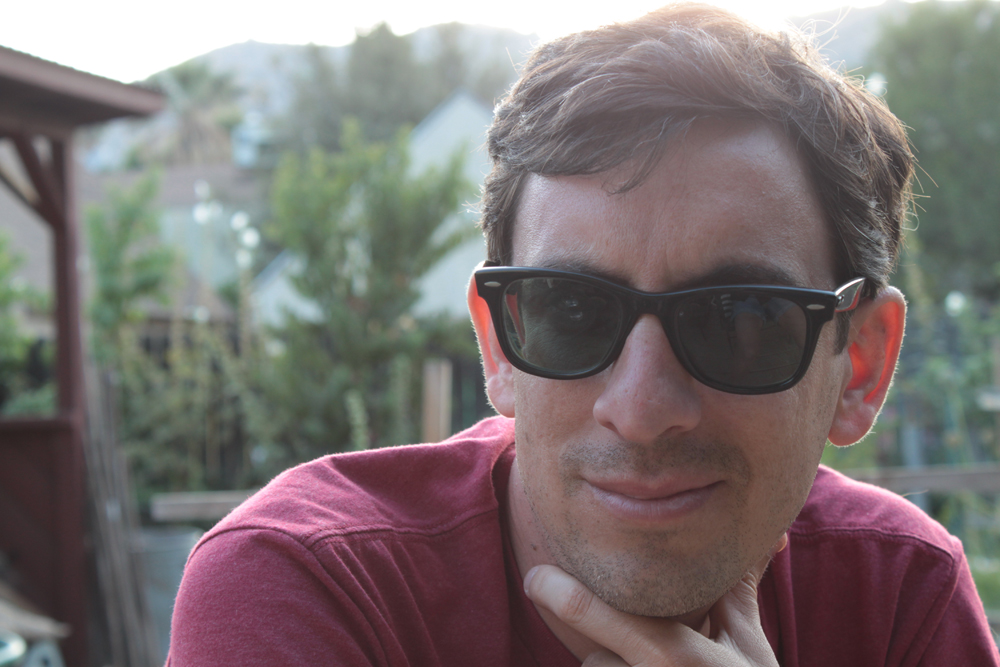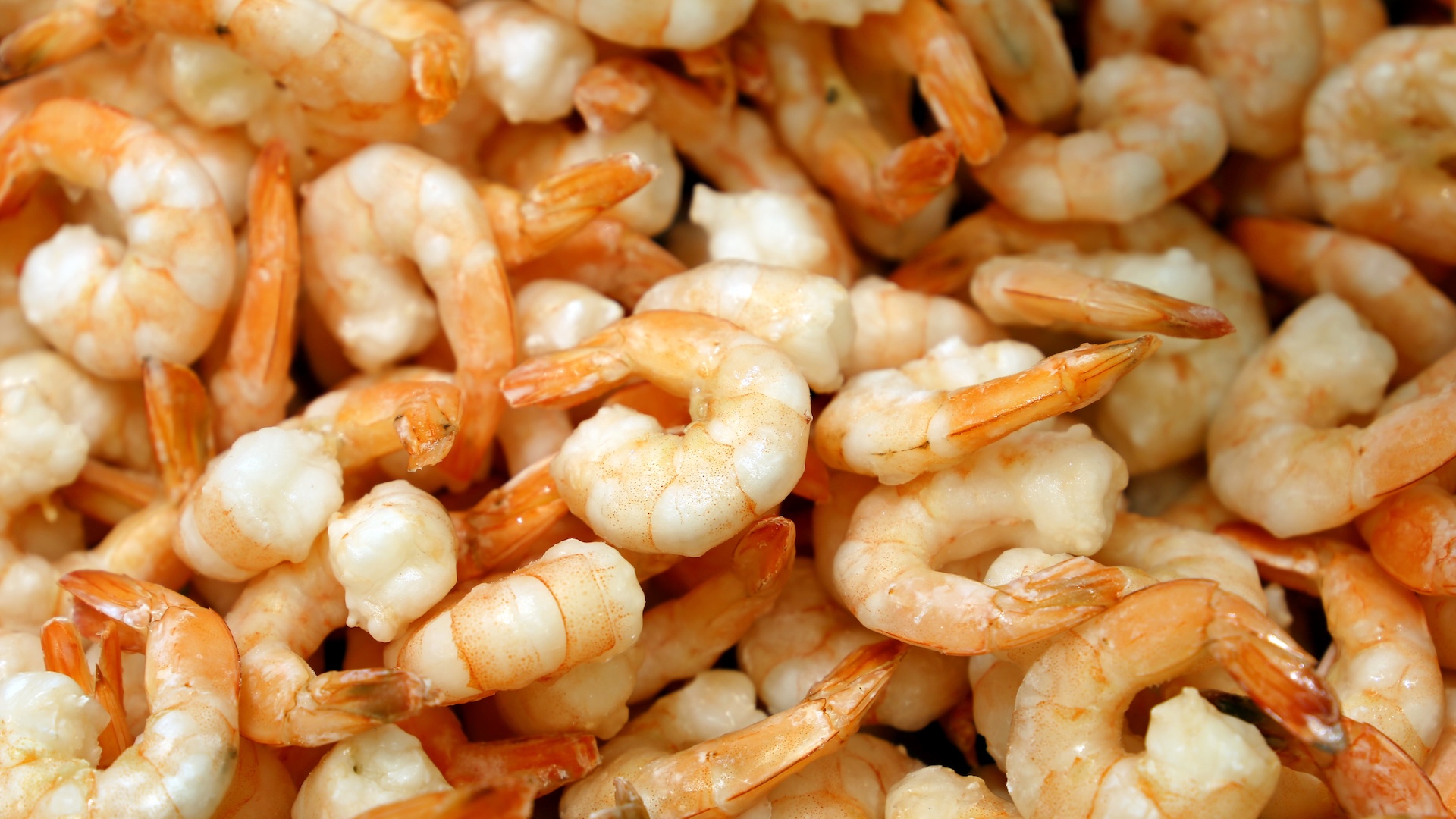Evolutionary Patterns Show Biodiversity on Earth

This ScienceLives article was provided to LiveScience in partnership with the National Science Foundation.
New methods in phylogenetics — the study of the evolutionary relationships among species through time, i.e., the Tree of Life — now allow scientists to build extremely large phylogenetic trees for tens of thousands of species and help to illustrate the vast biodiversity on Earth. Evolutionary biologist Jeremy Beaulieu, a postdoctoral fellow at the National Institute for Mathematical and Biological Synthesis, applies large phylogenies (evolutionary histories) to various comparative data to better understand broad patterns of evolutionary development across flowering plants. Most recently, he has been developing new approaches to the construction of large phylogenetic trees and new comparative methods to gain insights into the evolution of campanulids, a large flowering plant group comprised of some 35,000 species.
You can read more about Jeremy's research here.
Name: Jeremy Beaulieu Age: 32 Institution:National Institute for Mathematical and Biological Synthesis Hometown: Sacramento, CA Field of Study: Macroevolution and comparative biology
What inspired you to choose this field of study?
I was inspired by Joe Felsenstein's 1985 paper on why genealogical relationships (i.e., phylogeny) matter in any statistical analysis. It was the first time I saw the application of the evolutionary process in understanding patterns observed among species.
What is the best piece of advice you ever received?
Get the world’s most fascinating discoveries delivered straight to your inbox.
My master's thesis advisor said to me once that a project is never done until you see the page proofs. Given that publications are currency in science these days, I think this is sage advice.
What was your first scientific experiment as a child?
I got a chemistry set for my birthday or Christmas or something. My first experiment involved mixing all the various solutions together, putting the concoction in my closet, and waiting for it to spontaneously generate some sort of weird creature. It didn't, of course.
What is your favorite thing about being a scientist or researcher?

The freedom to think about, and pursue, answers to questions that I think are interesting. I'm not sure there are many professions that are like this.
What is the most important characteristic a scientist must demonstrate in order to be an effective scientist?
There is no question that, in order to be effective, you need to be positive. And that doesn't just apply to your work, but the work of others as well.
Who has had the most influence on your thinking as a researcher?
I would have to say my Ph.D advisor Michael Donoghue – and not because I'm hoping for an amazing letter of recommendation from him someday! I was fan of his even before I chose to work in his lab. He has made a career on thinking about large problems in new and interesting ways and I always strive to do the same.
What about your field or being a scientist do you think would surprise people first?
This is a tough question, I think. In regards to my field, I think people would be surprised by the wealth of knowledge about individual species (i.e., trait measurements, DNA sequences, geographic range information, etc.) that has accumulated over the last few decades. Of course, the second thing that would surprise people is how little we have put this information to good use.
If you could only rescue one thing from your burning office, what would it be?
My MacBook Pro. I'm terrible about backing things up, so if my computer goes, I'm in serious trouble.
What music do you play most often in your office or car?
This is another tough question. I have a rather eclectic taste in music — from classical to reggae to rock n' roll — I like it all.
Editor's Note: The researchers depicted in ScienceLives articles have been supported by the National Science Foundation, the federal agency charged with funding basic research and education across all fields of science and engineering. Any opinions, findings, and conclusions or recommendations expressed in this material are those of the author and do not necessarily reflect the views of the National Science Foundation. See the ScienceLives archive.

